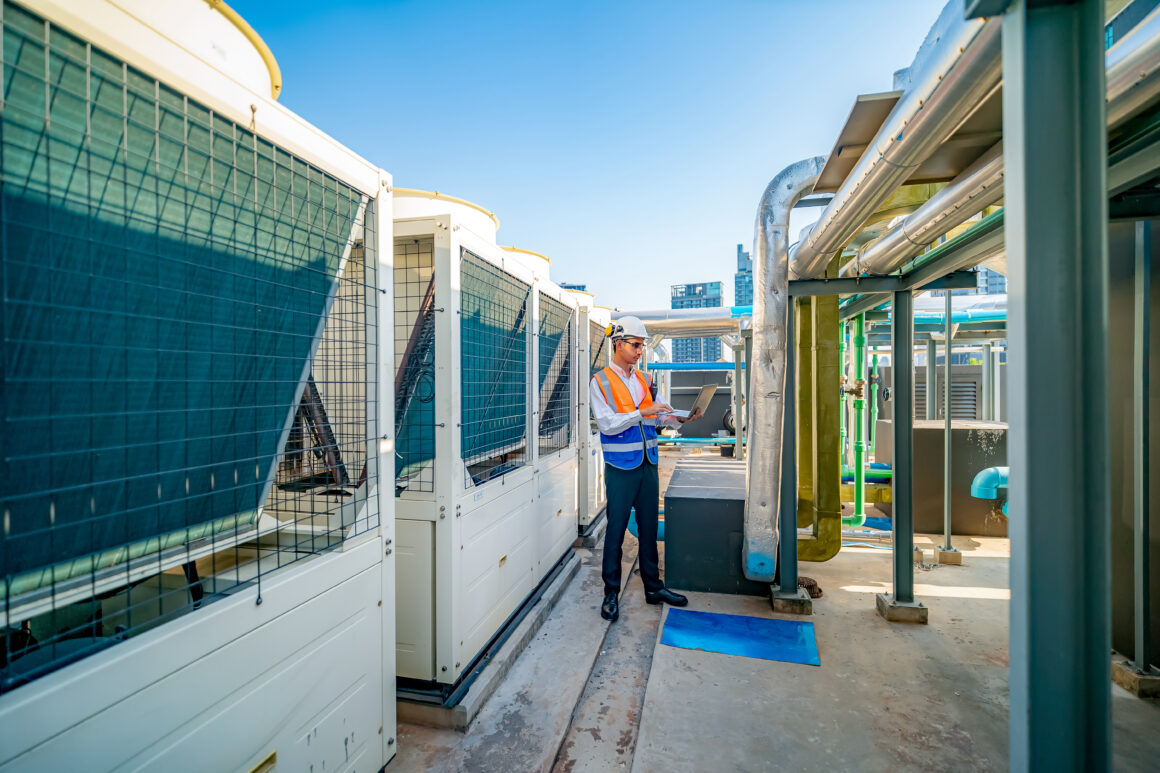Cooling Smarter: How IIoT is Revolutionizing Efficiency in Large-Scale Chiller Installations
Large-scale chiller installations are the unsung heroes of climate control in sprawling commercial buildings, critical data centers, and expansive industrial facilities. These powerful systems are essential for maintaining optimal temperatures, but they are also notoriously energy-intensive, often accounting for a significant portion of a building’s total energy consumption. Traditionally, managing these complex plants involved scheduled maintenance and reactive responses to issues, leading to potential inefficiencies, unexpected downtime, and unnecessarily high operational costs. Without real-time insights into performance metrics, optimizing energy use while ensuring consistent cooling was a constant balancing act, often erring on the side of over-provisioning to avoid failures.
The advent of Industrial Internet of Things (IIoT) devices is fundamentally transforming this landscape, ushering in an era of intelligent, proactive chiller management. By embedding a network of smart sensors throughout the chiller plant—monitoring variables like temperature, pressure, refrigerant levels, flow rates, vibration signatures, and actual energy consumption—a continuous stream of granular data is generated. This data is then transmitted wirelessly or via wired connections to centralized management platforms or cloud-based analytics engines. Here, sophisticated algorithms can analyze trends, identify subtle anomalies indicative of developing faults, and compare real-time performance against optimal efficiency curves, providing operators with unprecedented visibility and control.
The impact of this IIoT integration on efficiency is profound. Energy optimization becomes a primary gain, as systems can dynamically adjust chiller setpoints, manage the staging of multiple chillers more effectively, and identify specific components (like pumps or cooling tower fans) that are underperforming or consuming excess power. Predictive maintenance is another cornerstone benefit; IIoT analytics can forecast potential equipment failures, allowing maintenance to be scheduled proactively, thus minimizing costly unplanned downtime and extending the lifespan of critical assets. Ultimately, by leveraging IIoT, large-scale chiller installations can operate closer to their peak design efficiency, significantly reducing energy waste, lowering operational expenditures, and contributing to more sustainable building operations.

